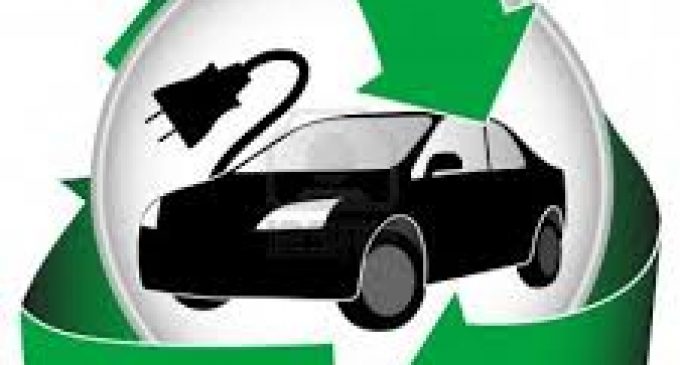Charging electric vehicles on the road

Will you be on a long journey? Do you have an electric vehicle? Will you reach tour destination before you run out of juice? Or will you have to recharge somewhere along the way? The engineering progress of the electromobility still ensures range anxiety, but solutions are being found. On-road charging is a particularly promising approach, say EU-funded researchers.
The Fabric project is looking into the opportunity for charging technology (mostly wireless) that would allow drivers of battery electric cars to top up while they drive. “The aim is to give motorists greater flexibility, by enabling them to charge their vehicles either during short stops, which are very frequent in urban environments, or even while the car is moving,” says project coordinator Angelos Amditis of the Institute of Communication and Computer Systems in Athens, Greece.
There’s a lot at stake. Road transport is a primary source of greenhouse gas emissions, and electrification could help to tackle this issue, Amditis mentions. “Car manufacturers today are providing electric vehicles with impressive capabilities,” he says, “but there are still a few drawbacks compared to conventional vehicles.”
The price, Amditis says, is one of them — and concerns about the capabilities of the batteries and the complexities of keeping them charged are another. With a few exceptions in countries like the Netherlands and Norway, charging stations are few and far between, the charging process takes time, and the equipment can be fiddly, he added. Finding better, faster ways to charge electric vehicles could greatly help to improve their usability.
Possible solutions
According to this the Fabric is looking into the potential of charge-as-you-drive technology: solutions that would empower drivers to give their batteries a boost without having to interrupt their journey. It is conducting a review of possible approaches, building prototypes of several particularly promising ones, and trialling these on test sites in France and Italy. The outcomes will feed into a comprehensive feasibility study.
Two main types of solution are under consideration. One would involve charging cars that are actually on the move —especially equipped motorway lanes, for example. The other is intended for situations where the vehicle will have to make a brief stop anyway. Chargers embedded near traffic lights or toll booths, for example, might enable drivers to power up in passing.
“This type of technology makes the whole process unobtrusive, and cars could be charged faster and more frequently,” says Amditis. Such advances would make the drivers’ lives much easier, he notes. “They would also enable manufacturers to use smaller and simpler batteries,” he adds, “and this, in turn, means lighter and more affordable electrical vehicles with extended range.”
A need for speed
The principle behind the technologies considered by Fabric is inductive charging: energy transfer through an electromagnetic field between two coils. In this case, one of the coils is embedded in the road, and the other is located in the moving car. More conventional conductive technologies, being developed outside the project, will also be assessed and compared in a feasibility study.
One of the key challenges lies in transmitting a significant charge during the brief moment when the coils are aligned. “This is one of the issues that need dealing with,” Amditis notes. “In addition to analysing the technical aspects, we want to make sure that the entire process is completely safe for the people in or around the vehicle, at all times.”
Are we nearly there yet?
The feasibility study, which the Fabric team intends to deliver by the time the project ends in December 2017, will explore the potential, the implications and the limitations of on-road charging and its possible contribution to the deployment of electromobility. Following on from this research, the most promising solutions will then need testing at a much larger scale, says Amditis.
Standardization will also be required. “This is really the only way to support the adoption of this technology, and it is also one way to make it more affordable,” Amditis underlines. Once these steps have been completed, he concludes, the creation of commercial prototypes can begin.
The vision of FABRIC is the large-scale adoption of pure Electric Vehicles (EVs) in future transportation systems. This wide deployment requires mature EV technology and advanced charging solutions that provide a user experience similar to today’s cars.
The main challenge that FABRIC is tackling is “range anxiety” that is caused by the limited range current EVs are suffering from. In the long term, electric vehicles might be able to collect energy from the road, in a conductive or contactless mode.
Compared to the current paradigms of larger installed storage capacity, fast charge or switchable batteries, advanced on-road charging solutions will improve the driving range and battery lifetime of the Full Electric Vehicles (FEV) as well as their energy efficiency and price, given the need for a smaller battery.







